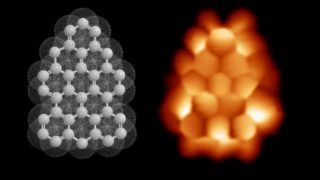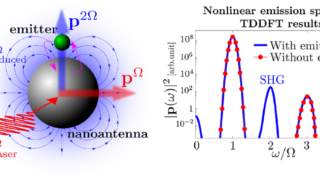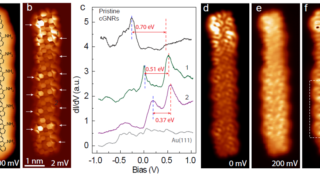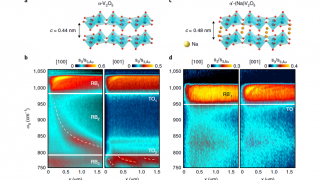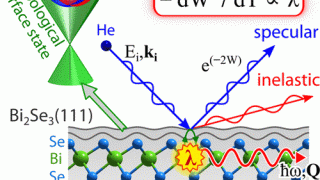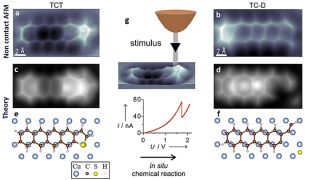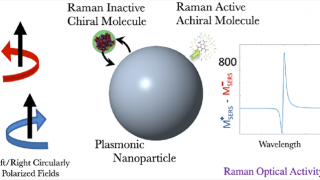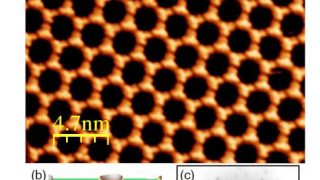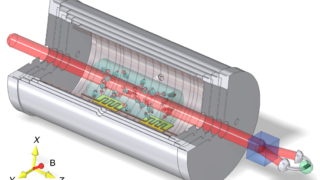
High temperatures and strong random interactions need not destroy many-body quantum entanglement
One of the most mysterious features of quantum mechanics is that if two particles (or photons) interact at some point in time then the properties of these particles will remain connected at future times. A consequence of this is that determining the quantum state of one of the particles simultaneously determines the quantum state of […]
